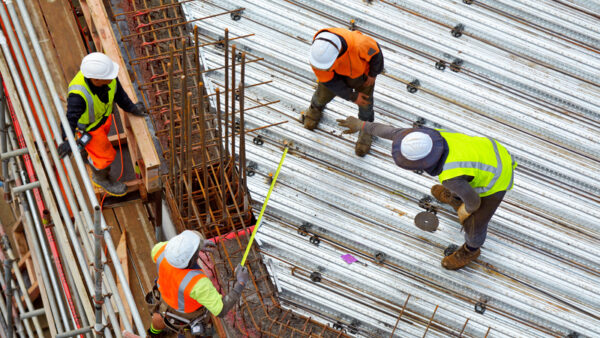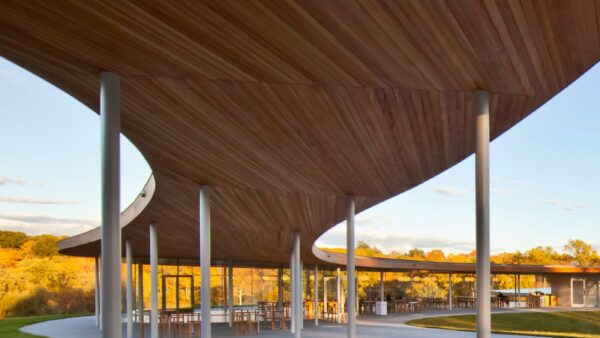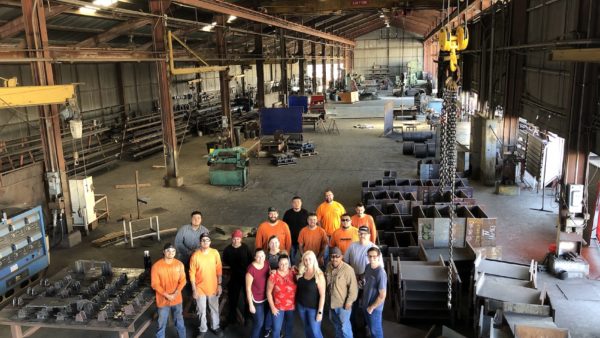Disruption is here, but who will be the first to refine and make use of it?
The opportunity and threat of artificial intelligence (AI), defined as computers and computerised machines replicating human cognitive behaviours and actions – combined with mobile computing – represent two sides of the same coin.
The opportunity is to use the new technologies to significantly increase margin and quality, reduce risk and improve decision making.
The threat involves changing not only current technology but to a larger extent working practices, which are amongst the most difficult things to change in any business.
But change is needed and long overdue in an industry operating on unsustainable margins and levels of productivity.
The need was highlighted by MGI and McKinsey, who estimated that if construction productivity were to catch up with other industries, the construction sector’s value would increase by an estimated $1.6 trillion, adding about 2% to the global economy.
So how can AI and mobile technology tackle some of the construction industry’s major challenges?
Used at the design stage of a project, unlike human beings, AI is able to consider millions of permutations and combinations of design schemas and work programmes to discover the optimal time and cost for a particular project.
These models will have already taken into consideration the perennial problems of clash detection and work staging.
Based upon the chosen model, intelligent supply chains will be able to undertake design detailing, build resource plans, source and place orders, not just based on one project, but a full picture of all requirements across all projects to optimise the price and delivery of resources to site.
Once projects are up and running AI on site has the potential to address skills shortages and improve efficiency and quality. Brick laying and scaffolding robots driven by AI don’t need tea and coffee breaks and, subject to servicing requirements, can work 24 hours per day.
In addition, most construction companies will admit that they struggle, as all businesses do, with getting the requisite level of quality and consistency across their entire workforce. AI can help raise the staffing quality bar by providing site-based best practice guidance and training through mobile phones, tablets and mixed reality eyewear.
These advancements are just the tip of the iceberg.
AI used in combination with 3D standard cameras and thermal imaging can potentially do everything from monitoring build progress and comparing actual to planned activity, to checking the health and safety of workers on site through smart sensors based in clothing, along with providing physical alerts to help avoid everyday health and safety issues.
In regard to RFIs, variations and quality checklists. AI will be able to trigger alerts, allocate issues to a specific engineer or subcontractor and supply them with all the data that they require to undertake corrective action.
AI also extends into asset and service management where information captured by IOT devices will be analysed to predict planned and reactive maintenance, updating engineers work schedules and supplying them with operating and maintenance information either digitally or through mixed reality ocular devices.
Some people may scoff at the idea of AI having such an influence and impact on the working environment, just as they did 10 to 15 years ago before mobile phones became vital to our everyday life.
Those that do scoff need to wake up and smell the coffee; all the above AI capability currently exists and will only improve.
And in the near future all the above will be happening near real time, as mobile connectivity combined with cloud-based AI will seamlessly join up site-based operations with traditional back office management creating private and public construction ecosystems.
This will have the positive impact of reducing construction time and cost, improving quality, reducing risk and improving decision making whilst increasing the understanding and adherence to best practice.
- Robert Brown is Group Chief Executive Officer of COINS (Construction Industry Solutions Ltd), a member of GCR’s global content partner network. Formerly chief executive of a construction contractor, Robert has spent more than 30 years managing and advising enterprise software companies, successfully developing and launching several new and emerging technologies to market.
Image © Chingyunsong/Dreamstime
Comments
Comments are closed.











well written article, allows for a better understanding.